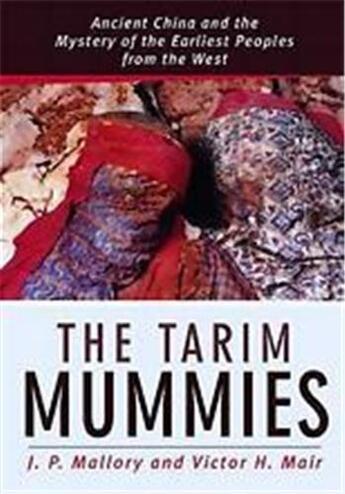Résumé:
The best-preserved mummies in the world are not found in Egypt or Peru but in the museums of Xinjiang, the westernmost province of modern China. For thousands of years the occupants of the barren wastes and oases that would later become the Silk Road buried their dead in the desiccating sands of... Voir plus
The best-preserved mummies in the world are not found in Egypt or Peru but in the museums of Xinjiang, the westernmost province of modern China. For thousands of years the occupants of the barren wastes and oases that would later become the Silk Road buried their dead in the desiccating sands of the Tèklimakan, the second greatest desert on earth. This arid environment, preserving body and clothing, allows an unparalleled glimpse into the lives and appearance of a prehistoric people. While the mummies lie mute, their faces eloquently challenge modern scholars to identify them. For these are not the faces of ancient Chinese but rather those of Indo-Europeans who settled in the Tarim Basin on the western rim of ancient China some four millennia ago, 2,000 years before West and East recognized each other's existence. This intriguing study describes the discovery of these people of ancient China and reveals the latest attempts of Chinese and Western scientists to explain their origin and determine their ethnic identity. The book examines the clues left by physical remains; their economy, technology, and textiles (some of the mummies even wore tartans); and the later traces of the languages of the Tarim region. The trail ultimately leads to two major contenders: the Indo-Iranians, those masters of the Eurasian steppes who poured south into the ancient civilizations of Mesopotamia, India, and China, and the Tocharians, the most elusive of the major branches of Indo-Europeans.
Donner votre avis














